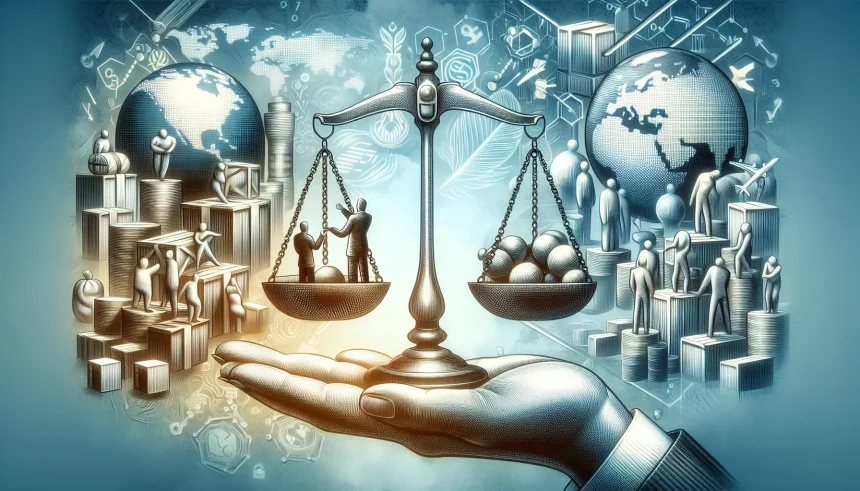Donald Trump has put tariffs back at the center of the national debate, calling them a tool of strength and a way to protect American workers. On the campaign trail, he pledged to use tariffs more aggressively, arguing they can bring jobs home and push trading partners to the table. The promise has revived questions about how higher import taxes would influence prices, wages, and global supply chains in the months ahead.
“Tariff is the most beautiful word in the dictionary.”
What the promise means
Trump’s message is clear. He sees tariffs as leverage and as a way to support domestic industries. He also links tariffs to reducing trade deficits and rebuilding manufacturing. Supporters hear a plan to restore bargaining power. Critics hear a tax that lands on consumers and downstream firms.
Tariffs function like a surcharge on imported goods. Importers pay at the border. Many then pass some or all of the cost on through the supply chain. The size of that pass-through varies by product and competition.
What history suggests
During his term in office, tariffs expanded on steel, aluminum, and hundreds of billions of dollars of goods from China. Several studies later found that U.S. firms and consumers bore much of the cost through higher prices. Research by the Federal Reserve Bank of New York, Princeton, and Columbia linked the 2018–2019 duties to higher input costs and some lost jobs in import-reliant sectors, even as protected industries saw relief.
Manufacturing employment rose in certain regions during that period, though gains were uneven and influenced by the broader economy. Some exporters faced retaliatory tariffs from trading partners, which weighed on farm and industrial shipments.
Winners, losers, and the price at the register
Business groups split over the approach. Steel and aluminum producers cheered prior tariffs, saying they helped restart idle capacity. Auto makers, retailers, and electronics firms warned that higher input costs would lift sticker prices and reduce choice. Small businesses that depend on imported parts faced tight margins and delays as they scrambled to re-source.
Economists note that tariffs can protect jobs in targeted industries while risking losses where imports are key inputs. The net effect depends on the scope of duties, how long they last, and whether partners retaliate.
- Protected sectors can gain market share at home.
- Import-reliant sectors face higher costs and may slow hiring.
- Consumers often see higher prices, especially for goods with few substitutes.
The politics and global response
Trade partners tend to answer tariffs with their own measures. That can hit U.S. exporters and complicate supply chains. Allies also seek exemptions, which can turn trade policy into a case-by-case process. Business leaders prefer clarity to plan investment and inventory.
For voters, tariffs signal toughness on trade and concern for domestic jobs. For policymakers, they raise legal and strategic questions. How broad should duties be? For how long? What targets are most likely to change behavior without sparking blowback?
What to watch next
Any new tariff plan will face tests on price inflation, supply chain stability, and employment. Analysts say policymakers should define clear goals, measure outcomes, and set exit ramps. They also suggest pairing targeted tariffs with domestic tools, such as worker training, tax incentives for key industries, and trade enforcement through existing agreements.
Trump’s praise for tariffs has set a simple frame, yet the real impacts are complex. The next phase will hinge on the details: which products, which partners, and which safeguards. Voters and businesses will be watching for a plan that protects jobs without pushing prices higher than households can bear.







